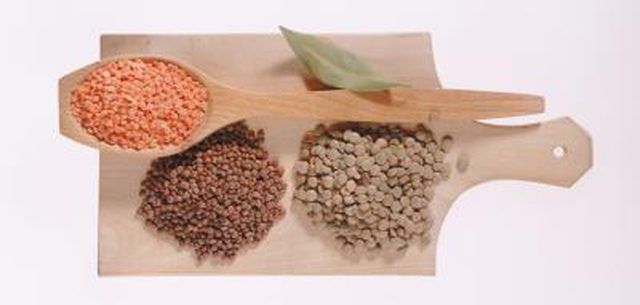Bulbs
Flower Basics
Flower Beds & Specialty Gardens
Flower Garden
Garden Furniture
Garden Gnomes
Garden Seeds
Garden Sheds
Garden Statues
Garden Tools & Supplies
Gardening Basics
Green & Organic
Groundcovers & Vines
Growing Annuals
Growing Basil
Growing Beans
Growing Berries
Growing Blueberries
Growing Cactus
Growing Corn
Growing Cotton
Growing Edibles
Growing Flowers
Growing Garlic
Growing Grapes
Growing Grass
Growing Herbs
Growing Jasmine
Growing Mint
Growing Mushrooms
Orchids
Growing Peanuts
Growing Perennials
Growing Plants
Growing Rosemary
Growing Roses
Growing Strawberries
Growing Sunflowers
Growing Thyme
Growing Tomatoes
Growing Tulips
Growing Vegetables
Herb Basics
Herb Garden
Indoor Growing
Landscaping Basics
Landscaping Patios
Landscaping Plants
Landscaping Shrubs
Landscaping Trees
Landscaping Walks & Pathways
Lawn Basics
Lawn Maintenance
Lawn Mowers
Lawn Ornaments
Lawn Planting
Lawn Tools
Outdoor Growing
Overall Landscape Planning
Pests, Weeds & Problems
Plant Basics
Rock Garden
Rose Garden
Shrubs
Soil
Specialty Gardens
Trees
Vegetable Garden
Yard Maintenance
How to Make Dried Peas
How to Make Dried Peas. Peas are a cool-weather crop that is part of the legume family. While many gardeners enjoy their peas fresh from the vine, they can be easily dried and stored for use year-round. Drying peas is one of the simplest ways to store peas, as there is no need for canning or other special equipment to prepare them. You can make the...

Peas are a cool-weather crop that is part of the legume family. While many gardeners enjoy their peas fresh from the vine, they can be easily dried and stored for use year-round. Drying peas is one of the simplest ways to store peas, as there is no need for canning or other special equipment to prepare them. You can make the dried peas into soups and other cooked dishes long after the garden quits producing in winter.
Things You'll Need
Paper towels
Plastic bags
Pot
Cooking oil
Spoon
Fork
Drying Peas
Allow peas to fully mature on the vine for approximately one month longer than when you would pick them for fresh use. Pick the pea pods once they begin to dry and the peas rattle inside.
Split open the pods and spread the peas out on paper towels. Allow them to finish curing in a warm, dry room for two weeks.
Place the dried peas in a self-sealing plastic bag or tightly sealed container. Store in a cool, dry place until ready to use.
Cooking Dry Peas
Place two cups of dried peas in a pot. Fill with six cups of water and cover. Let sit overnight at room temperature to pre-soak the peas in preparation for cooking.
Drain off the soaking water from the peas. Replace with six cups of fresh water and add one tablespoon of cooking oil to the water to prevent foaming. Use any type of oil you prefer.
Cover the pot and place it on a burner on your stove. Bring the pot to a simmer. Allow it to simmer for 30 minutes to two hours, or until the peas are done.
Stir the peas every 30 minutes while they are cooking. Peas are ready to use when they are tender enough to pierce with a fork.
Tips & Warnings
English shell peas and other shelling varieties are best for dry use.
You can also pick peas when they are still tender for drying. Blanch them in boiling water then dry in a dehydrator.
Use the peas in soups, casseroles and other recipes that call for peas.
Moisture will ruin dried peas. Always store in a sealed container and check regularly for any moisture in the container.